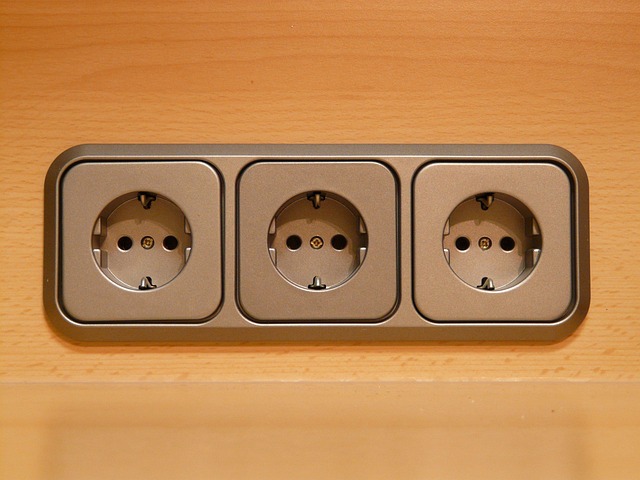
Efficient IT Energy Management Strategies for Hardware: A Comprehensive Guide
Understanding the Importance of Energy Management in IT Hardware
In the ever-evolving world of information technology, the importance of efficient energy management cannot be overstated. As organizations increase their reliance on advanced hardware solutions, energy consumption becomes a significant factor influencing both operational costs and environmental impact. By embracing effective energy management strategies, IT departments can not only reduce their carbon footprint but also enhance performance and reliability across their hardware systems.
Assessing Your Energy Consumption
Before implementing any energy management strategies, it is crucial to understand your organization’s current energy consumption. Conducting a comprehensive energy audit of your IT hardware can help identify which systems or devices are consuming the most energy. By gathering data on usage patterns, peak hours, and idle times, IT managers can pinpoint areas for improvement.
Implementing Power Management Features
Most modern hardware comes equipped with built-in power management features. By configuring these options, such as sleep modes and hibernation settings, organizations can significantly reduce energy consumption during non-peak hours. Encouraging employees to utilize these features can foster a culture of energy awareness within the office.
Virtualization as an Energy Efficiency Strategy
Virtualization is a game-changer for IT energy management. By consolidating workloads onto fewer physical servers, organizations can minimize energy use while maximizing resource efficiency. Virtual environments also allow for better hardware utilization, which can lead to lower cooling costs and reduced physical space requirements, further contributing to energy savings.
Investing in Energy-Efficient Hardware
When considering hardware upgrades or new purchases, organizations should prioritize energy-efficient models. Look for certifications such as ENERGY STAR or EPEAT, which indicate that a product meets stringent energy efficiency guidelines. While these options may come at a higher initial cost, the long-term savings on energy bills can make them worthwhile investments.
Optimizing Data Center Cooling
Data centers often require significant amounts of energy for cooling. Adopting better cooling strategies, such as using hot aisle/cold aisle containment and optimizing temperature settings, can lead to substantial energy savings. Regular maintenance of cooling systems helps ensure they operate efficiently, keeping both energy consumption and costs in check.
Awareness and Education
Promoting an organizational culture that values energy management starts with education. IT teams should regularly communicate the importance of energy efficiency to all employees. Workshops, seminars, and informative materials can help raise awareness about best practices in energy management and encourage everyone to contribute to reducing the overall energy consumption.
Utilizing Energy Management Software
Investing in energy management software can provide valuable insights into your organization’s energy usage. These tools offer real-time monitoring, reporting, and analytics, enabling IT teams to identify inefficiencies quickly. By harnessing data-driven approaches, organizations can make informed decisions about energy consumption and implement corrective measures where necessary.
Strategic Partnerships
Collaborating with energy providers or environmental organizations can lead to benefits in energy management. Many utility companies offer programs and incentives for businesses to reduce energy consumption. Exploring such partnerships can unlock resources and support for implementing effective energy management initiatives within your IT infrastructure.
In summary, embracing energy management within IT hardware goes beyond just reducing costs; it fosters a sustainable approach that can lead to a healthier planet. By assessing energy consumption, utilizing efficient technologies, and promoting awareness, IT departments can let sustainability shine while enhancing performance and productivity.



